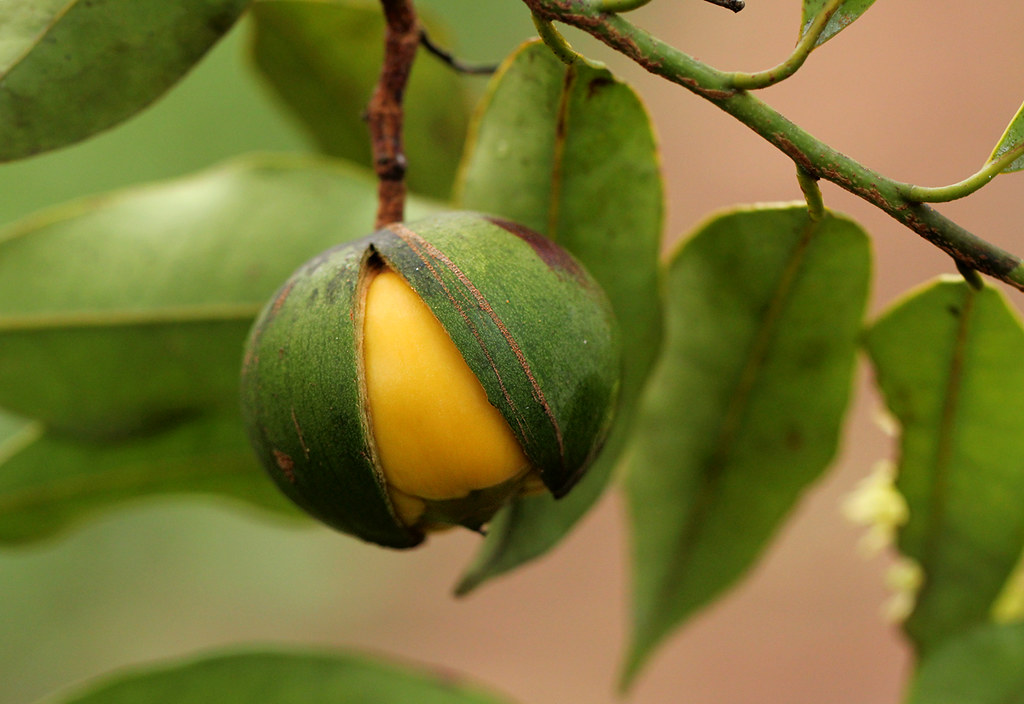26
Tropical Fruit Discussion / Anyone know anything about Clavija species (e.x. C.longifolia / mongon)
« on: March 14, 2018, 06:31:47 AM »
Jim West has a species on offer, Clavija longifolia (mongon) (primrose family, Primulaceae), which like many of his species is somewhat difficult to find personal accounts of people growing it (although not as hard as Casearea (Caesarea?) quinduensis(?)!).
Does anyone have personal experience with C. longifolia? From extensive googling, I've come up with: it is a very aesthetically attractive plant, with a palmlike growth habit (2-4m) but a rosette of "broadleaf"-style leaves at the top, and cauliflorous fruiting habit. The orange fruit appear to have a flesh that looks sort of like orange sherbert or caramel in pictures, with a thin, probably easily removed rind. Photos of the plant show it frequently growing (and fruiting) in varying degrees of shade, including some surprisingly deep, although I've found one picture that shows it in at least mostly sun if not full sun. Productivity looks relatively good relative to the size of its crown and the environments it's growing in. I did find one report that scarified seeds soaked for 36 hours took up to 4 months to germinate, with a 2/3rds seedling death rate, and that they apparently like their growing media constantly moist. It reportedly has a good smell, although it's not clear whether that's the flowers or some other part, and how much of the year that's present. Habitat: "tropical forests in the Andes between 500 and 2000 m from Venezuela to Bolivia " IUCN status: Near Threatened.
Pictures:
Link
Anyone have anything to add about this species or genus? The main thing I'm missing is fruit quality, and anything about cultivation difficulty/details, etc. I know at least one person here has grown it (akanonui).
Does anyone have personal experience with C. longifolia? From extensive googling, I've come up with: it is a very aesthetically attractive plant, with a palmlike growth habit (2-4m) but a rosette of "broadleaf"-style leaves at the top, and cauliflorous fruiting habit. The orange fruit appear to have a flesh that looks sort of like orange sherbert or caramel in pictures, with a thin, probably easily removed rind. Photos of the plant show it frequently growing (and fruiting) in varying degrees of shade, including some surprisingly deep, although I've found one picture that shows it in at least mostly sun if not full sun. Productivity looks relatively good relative to the size of its crown and the environments it's growing in. I did find one report that scarified seeds soaked for 36 hours took up to 4 months to germinate, with a 2/3rds seedling death rate, and that they apparently like their growing media constantly moist. It reportedly has a good smell, although it's not clear whether that's the flowers or some other part, and how much of the year that's present. Habitat: "tropical forests in the Andes between 500 and 2000 m from Venezuela to Bolivia " IUCN status: Near Threatened.
Pictures:
Link
Anyone have anything to add about this species or genus? The main thing I'm missing is fruit quality, and anything about cultivation difficulty/details, etc. I know at least one person here has grown it (akanonui).



 This is a field in which I lack experience. What would you all recommend, both in terms of scions (cultivars, species) and techniques?
This is a field in which I lack experience. What would you all recommend, both in terms of scions (cultivars, species) and techniques? 